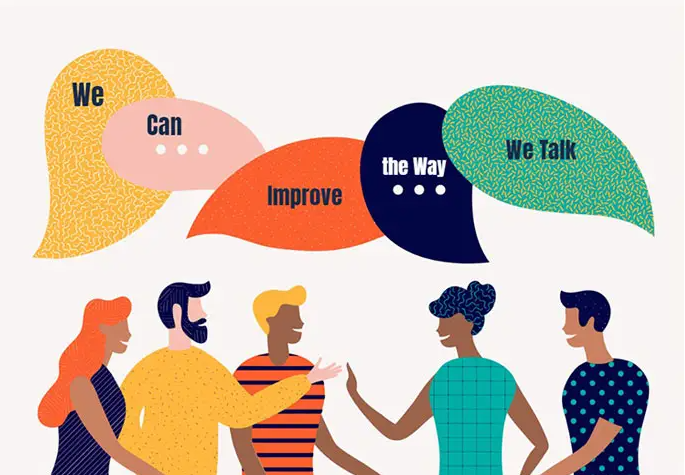Chat used to be for bigger companies with bigger budgets and staff. Not anymore. Nearly every customer service team can – and should – offer chat. After all, it’s what customers want.
Nearly 60% of customers have adopted online chat as a way to get help, according to Forrester research.
If you’re a mid- to small-sized customer service operation, now’s a good time to ramp up chat. And if you’re already offering it, you might want to fine tune.
“Providing exceptional service via chat involves more than simply choosing a technology platform,” says Kate Zabriskie. “Chat is a distinct communication channel with its own set of rules, and organizations that choose to implement chat need to prepare their service representatives to use it effectively.”
Zabriskie suggests taking these steps:
1. Pick the right people
With the platform in place, pick service pros who already interact well with customers.
More importantly, ask those who can type quickly and are good writers. Chat may be less formal, but spelling and grammar are still important.
2. Set standards
With a team in place, set standards that are reasonable for your operations for things such as:
- Quantity. How many chats should a rep handle at once? At first, they should stick to one, and even experienced reps should keep it under three, Zabriskie says.
- Topics. Not all topics are appropriate for chat. Decide what you can do on chat – and what should be moved offline – depending on your industry, regulations, knowledge depth and resources.
- Limits. Identify topics, length of chat exchange and other qualifications for moving from chat to different modes.
3. Stay true to your brand
Train reps to use language that’s true to your existing brand and service style. You don’t need to get any more formal or informal than you already are in chat.
Ask yourselves:
- How should a chat start if a customer has already shared information?
- What words and phrases align with your brand?
- What words and phrases should we avoid?
- How should representatives address angry or frustrated customers?
- In what way should greetings differ?
4. Prepare for the obvious
Anticipate that you’ll experience the same peaks and valleys for chat service as you do for your existing channels. Customers will expect the same consistency of service in chat as they get otherwise.
Prepare reps with ample information – including some scripted responses to the most common inquiries – for times and situations when demand changes.
5. Prepare some copy
Pre-written text is helpful for quick, accurate, consistent responses to routine inquiries. But it runs the risk of sounding canned.
So write prepared text in a conversational way (perhaps get your best writer to handle that). Keys: Keep it short. Write sentences exactly the way they’d be spoken.
6. Review and adjust
Regularly review chats that have gone exceptionally well and terribly bad. Correct the bad by standardizing as much of those situations as possible. Use the well-done conversations as examples of ways to handle situations.
7. Train again (and again and …)
Use the chat review as a regular springboard for training. Zabriskie suggests quick weekly training that focuses on one or two best practices. Ask reps to share their best ideas. Spot check chat transcripts daily. Evaluate pre-written text monthly and update based on demand and changes in technology, products and services.
Resource: Adapted from Internet
Post time: Jun-22-2022





